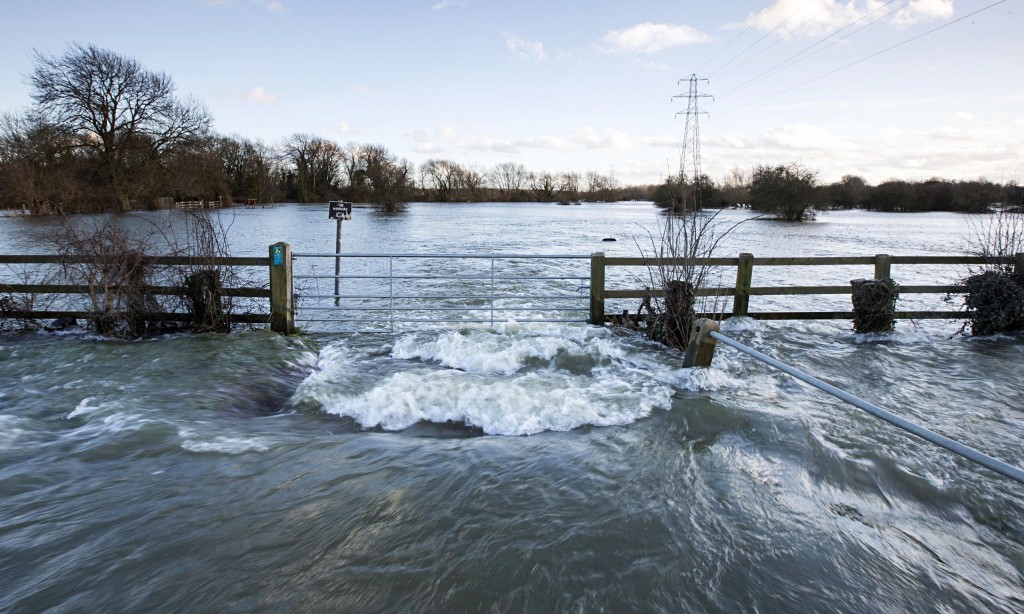Once you have decided that your trees or shrubs need some attention, the next step is to contact a tree surgeon for advice on tree surgery and a quote. On arrival, the tree surgeon (or Arborists to give the correct title) will listen to your requirements and ask appropriate questions, to ascertain your needs as the tree owner. An honest Arborist will tell you if he thinks your trees are fine and need no attention at all, as this can often be the case.
However if action is required, your Arborist may use unfamiliar terms to describe the work recommended for your trees. He may also use common terms that don’t necessarily mean exactly what you may think they do. For example: if you ask him to ‘trim’ a shrub, he will need to decide if what is actually needed is to trim with a hedge trimmer or a prune to achieve the best results. As you can appreciate the two different methods of work could have very different results. So when an Arborist specifies a trim, you can assume this will be done using a mechanical trimmer, and a prune will be selective cutting of individual branches, usually using a saw and secateurs or loppers.
Below I will try to unravel the industry jargon for you and try to explain what each action should achieve and where it may be best used or avoided. But before I start there is one term that I will use repeatedly and that is ‘Crown’, to keep it simple this is the part of the tree that carries the leaves or needles (foliage).
Formative prune
This is the pruning, usually of young to Semi mature tree and shrubs so as to help them develop a good strong healthy structure or form. It usually entails removal of crossing and competing branches or a secondary leader. This process may need to be repeated several times while a tree is getting established. Good proactive formative pruning can save the need for move expensive, invasive ‘tree surgery’ later in the trees life.
Crown thinning

Crown thinning
This is the selective removal of branches to reduce the density of the tree. It should be achieved by removal of branches from throughout the crown (not only from the inner crown) to leave a crown with a balanced density, but no more than 30% of the foliage should be removed in a single year, as this may cause the tree stress. The minimum amount of branches should be removed to achieve the desired effect. Crown thinning on a smaller tree may be undertaken as part of the formative pruning, but on a larger tree may be specified for other reasons:
When to crown thin a large tree:
- To allow more light through the crown, reducing the density of the shade beneath the tree.
- To allow the wind to percolate through the crown, therefore reducing the likelihood of wind throw.
When not to crown thin a large tree:
- Crown thinning certain species has the effect of making the produce more growth along the branches, at best undoing the recent thinning and at worst making the crown denser than before you started. This can certainly be a risk with Limes, Maples and to a degree Oaks.
- Where a tree is already unstable due to a defect at the base or due to soil/root movement. In this instance a crown reduction may be more appropriate.
Crown reduction / reshaping

Crown reduction / reshaping
Crown reduction or reshaping is where the crown of the tree is made smaller, either all over or in a certain area to redress an imbalance of the shape. As with crown thinning no more the 30% of the foliage should be removed in one year and the out-come should be to leave the tree looking as natural as possible and not leaving large thick branch ends on the extremities of the crown. A good reduction/reshaping will leave the tree with a strong framework of large branches, which support enough smaller branches and twigs (leaf bearing material) capable of producing dense leaf coverage next season.
When to crown reduce/reshape:
- When a tree has become too large for its position, but removal of the tree is undesirable.
- When the stability of the tree is in question due to defects or movement in the ground.
- To address an imbalance or to prune to clear an object (e.g. building or street light).
- To maintain a specific crown shape (e.g. Pleached trees).
When not to crown reduce/reshape:
- Certain species react poorly to reductions, conifers in general (apart from hedges) do not reshape well and often look poor afterwards, and Maples especially will put on vigorous regrowth and become overly dense due to this growth.
- When a tree is obviously the wrong tree for its position, it may be best to remove it and start again with a more suitable tree.
Crown lifting

Crown lifting
This is the removal of the lowest branches to a specified height and where possible should be achieved by removal of smaller branches so to minimise stress to the tree. The crown of the tree should not be lifted to a point which is more than 1/3 of the overall tree height (i.e. leaving 2/3 of the trees height as crown).
When to crown lift:
- To open up a view or allow more light under the crown, this can often be more effective in increasing light level when the tree is close to where you need the light (reduction works are more suitable when the tree is further away).
- To separate a tree’s canopy from the ground, this can be to create space, make mowing easier or to improve the look of the tree (it can make a tree look more grand).
When not to crown lift:
- When the tree already has a high crown.
- When to achieve this large branches will need to be removed, this can store up problems for the future.
Crown Clean
This is the removal of unwanted material form the crown of the tree and may include some crown thinning, it would also include the removal of climbing plants (ivy etc) foreign objects (old tree houses, shopping trolleys etc) and parasitic plants like Mistletoe.
Pollarding
A true pollard is a tree that has peen cut back as a young tree and then repeatedly pruned to the same point creating a pollard knuckle. The term is often used (technically incorrectly) to describe a heavy reduction of a larger tree, which is then to be managed in the future as a pollard. This approach can work for certain species of trees and your Arborist should be able to advise you on this and also explain the management regime that will be required afterwards.
Trimming
This is generally the removal of the soft outer growth using a mechanical hedge trimmer. This method can be used on hedges, shrubs or trees and is generally repeated at least once a year.
Pruning
This is the selective cutting of branches and can be for many reasons; it may be isolated to a single branch or the entire tree/shrub.
For any more information on tree surgery give us a call on 01285 760 466.








